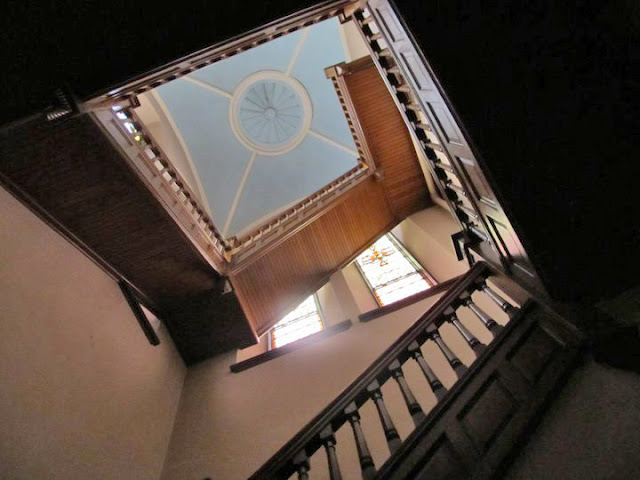Mrs. Ichabod and I have been watching historical movies, such as Mary Queen of Scots, Elizabeth R, and Mrs. Brown. The last one describes the unusual relationship between Queen Victoria and her devoted servant, possibly her husband (morganatic marriage).
I am devoted to English history and literature, especially because it is my history on the Parker side. I explained the details as we went through the series, since I have read the Weir set on the Tudors twice. I have read every book I can about Queen Victoria, including one emphasizing the Brown years. Queen Elizabeth is the central figure in literature, with her patronage of Oxford (aka Shakespeare), in religion, and in politics. Her wise rule, followed by the foolish Stuarts (King James, William I, Willam II) gave us a Protestant America free of a religious requirement for federal office.
Lutheran history should be just as important, especially to those who are most closely identified with it. In America, each ethnic Lutheran group has a separate, fascinating history that overlaps other groups in certain ways. In my hometown, First Lutheran was the mother church for the Swedish Augustana Synod.
In Milwaukee, Historic St. John Lutheran Church, on Vliet Street, is one of the most important for the Wisconsin Synod, but leaders kicked the congregation out, simply to be vindictive and petty. They have also forgotten their history, so clearly enmeshed in this congregation.
Bading and Brenner were pastors at St. John. Bading was central in turning the new synod into a Lutheran group. Brenner was the synod president during the years of the Great Depression.
These photos of St. John Lutheran Church only give a glimpse of the building as a halleluiah in brick and stone, with glorious stained glass windows and a powerful pipe organ of 39 ranks.
The exterior of St. John remains a dominant silhouette on the Milwaukee skyline. The bell tower is 141 feet tall and holds three tons in bells. I have been in multi-million dollar church buildings - vanilla yogurt, easily forgotten
I try to imagine how much it would take to reproduce St. John in every detail.
The interior of St. John represents the Means of Grace for those who worship. The altar, pulpit, and font were built for the visible Word of the Sacraments and the invisible Word of preaching.
The pipe organ is ideal for supporting the singing of Lutheran hymns. The Lutheran Hymnal on the organ is considered one of the best by musical experts. The 39 ranks are an orchestra and chorus on its own. A pipe organ has the power to move the entire building with its sound, not to annoy with the crashing and screaming of a rock group. Luther's hymn comes to mind:
"Isaiah, Mighty Seer, in Days of Old"
by Martin Luther, 1483-1546
1. Isaiah, mighty seer, in days of old
The Lord of all in Spirit did behold
High on a lofty throne, in splendor bright,
With flowing train that filled the Temple quite.
Above the throne were stately seraphim,
Six wings had they, these messengers of Him.
With twain they veiled their faces, as was meet,
With twain in reverent awe they hid their feet,
And with the other twain aloft they soared,
One to the other called and praised the Lord:
"Holy is God, the Lord of Sabaoth!
Holy is God, the Lord of Sabaoth!
Holy is God, the Lord of Sabaoth!
Behold, His glory filleth all the earth!"
The beams and lintels trembled at the cry,
And clouds of smoke enwrapped the throne on high.
Hymn 249
The Lutheran Hymnal
Text: Is. 6: 1-4
Author: Martin Luther, 1526
Composer: Martin Luther, 1526
The first time I heard a truly great pipe organ, the pews vibrated and I felt the rumbling of big pipes in my chest.
If I were near to Milwaukee area and belonged to the Wisconsin Synod or the Missouri Synod, I would study that building and the careers of the preachers there. Bading and Brenner were not just parish pastors. Their influence spread across the United States and the world, because they trusted in the Word and broadcast its message.
There were giants on the earth in those days.







